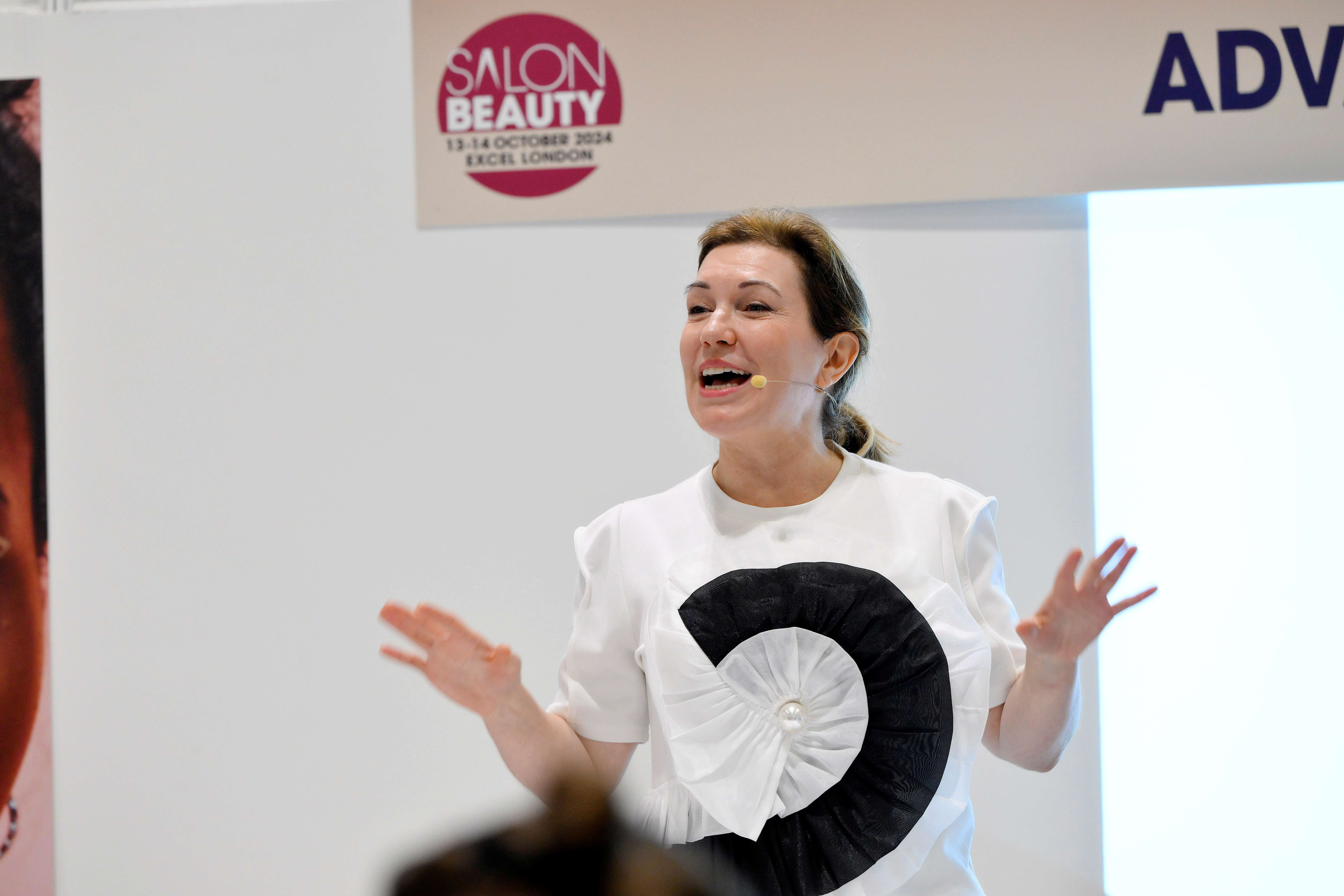Chemical peels are among the most effective and efficient ways to maintain skin health for darker tones, but require a slightly different approach than with light skins.
Here, Dija Ayodele, founder of the Black Skin Directory, shares they key considerations you need to make.
“Developing the expertise to successfully and safely treat clients with skin categorised as IV – VI on the Fitzpatrick Scale (IV is defined as skin that rarely burns and always tans, and V and VI as never burns, always tans) will broaden your clientele and reputation as a skin specialist," says Ayodele.
Ayodele shares the six key things to remember when treating these skin types with peels:
1. Darker skin is more prone to post-inflammatory keloid scarring, which is a contraindication for many treatments that cause trauma to the skin in order to influence regeneration and remodelling of collagen.
2. Look at any facial piercings – is there a raised, shiny scar there? Look at the hands, where we often have cuts and nicks – is there any raised, fleshy scarring? If so, ask how it happened and how long it took for the scar to heal.
3. Ask about sunscreen use too. Regardless of skin type, daily sun protection is vital, and even more so when undertaking a course of peels. The use of sun protection must be stressed to the client before treatment and, if necessary, retailed. This is vital, even if the client has very dark skin and thinks they don’t need to use it. A non-compliant client should not be treated with peels.
4. Suggest starting with a superficial peel. In my experience, this is the best route for Fitzpatrick IV – VI. Alpha and beta hydroxy acids such as glycolic, lactic, salicylic, mandelic or citric acids give good results either in a pure or blended formulation. Clients can have these superficial peels as part of monthly facial treatments to address hyperpigmentation, oil control, pore size, moisture balance, fine lines, radiance and dry, scaly skin. I use lower percentage, high pH formulations until I’m sure the client can tolerate more.
5. Following that, I can look at higher percentages and layering techniques for more efficient peeling. In addition, modifying the length of time the peeling agent is left on the skin is also helpful.
6. Prime the skin for at least four weeks prior to treatment. This repairs the acid mantle before peeling, increases the effectiveness of the peel and avoids any complications. This is very important to avoid causing excess trauma to the skin and post-inflammatory hyperpigmentation.
You might also like:
- Chemical peels: how they work, skincare benefits and contraindications
- The 8 skincare client types every pro should know
- How to perform semi-permanent brow treatments on skin of colour
 Dija Ayodele is an aesthetician and beauty writer. She has a special interest and experience in skincare for women of colour and is the founder of Black Skin Directory, an online resource connecting women of colour to expert skincare professionals in the UK.
Dija Ayodele is an aesthetician and beauty writer. She has a special interest and experience in skincare for women of colour and is the founder of Black Skin Directory, an online resource connecting women of colour to expert skincare professionals in the UK.

.jpg)

